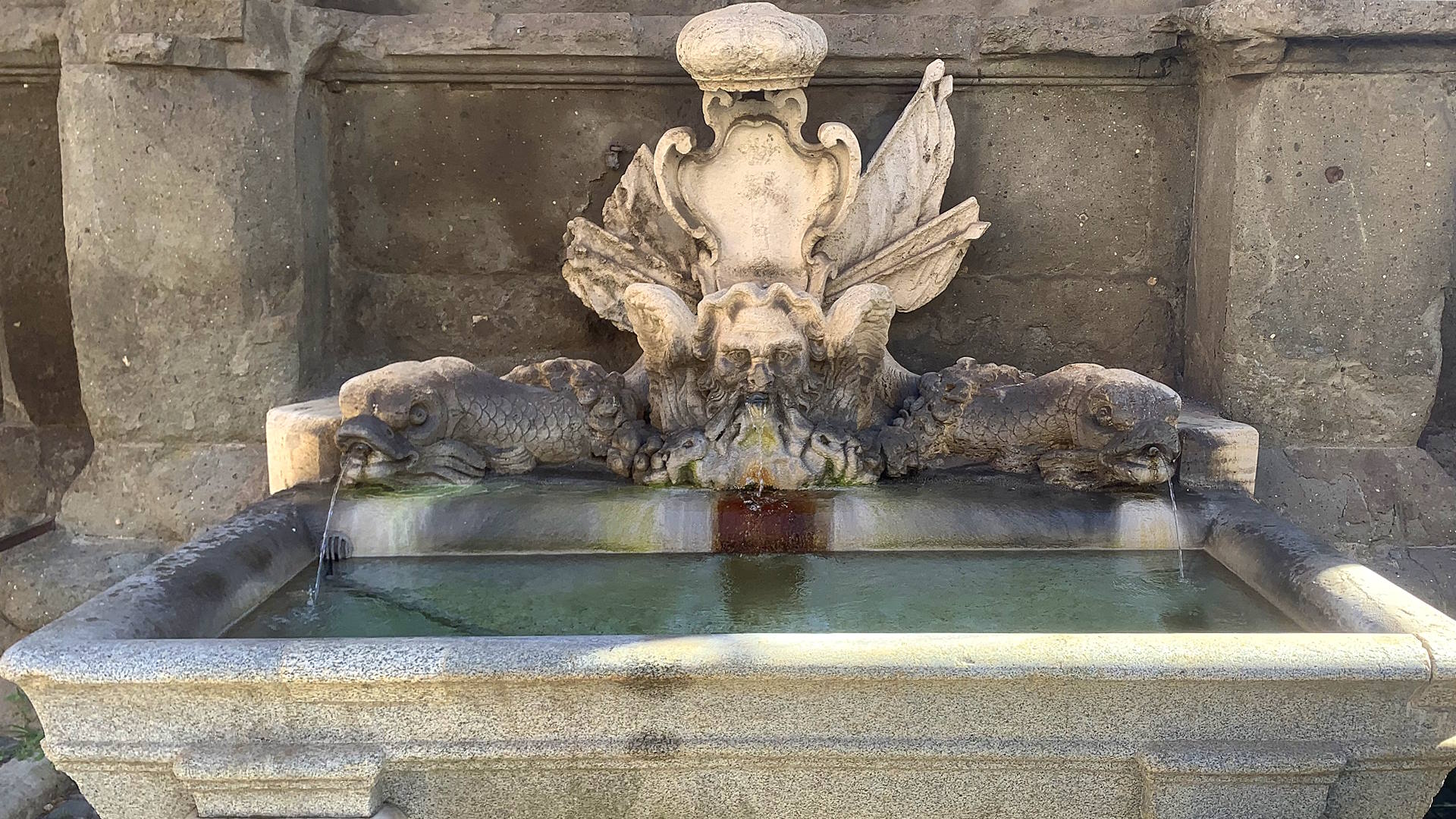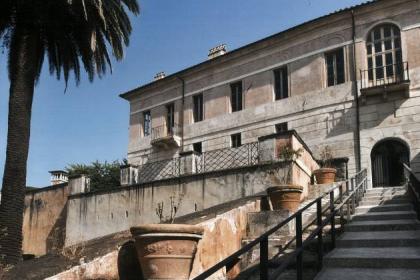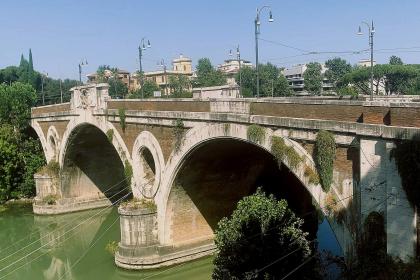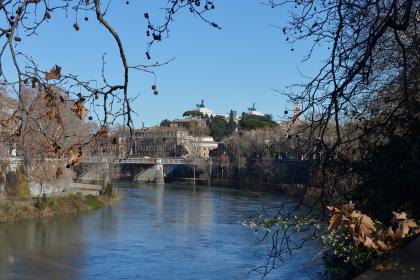
From the Del Monte to the Colonna: history written in stone
A small jewel hidden at the corner of Via di Villa Giulia and Via Flaminia in the Pinciano district, the fountain was built in 1552 by the Tuscan architect Bartolomeo Ammannati, commissioned by Pope Julius III (Giovanni Maria Ciocchi del Monte) during the construction of Villa Giulia, the pontiff's splendid residence outside the city walls. Fed by the Vergine Aqueduct and intended for "public use", the fountain recalled the water displays of Roman times: statues, ancient sculptures, pyramids, and columns adorned the work, set in a majestic scenographic layout. After the death of Pope Julius III and of his heir, his brother Baldovino, a series of hereditary events saw Villa Giulia, described as the eighth wonder of the world, requisitioned by Pope Paul IV in 1557 for reasons related to the finances of the Apostolic Chamber used for the Del Monte properties. Following the construction of the "Palazzina of Pius IV", the fountain underwent a series of substantial changes: in 1561, based on a design by Pirro Ligorio, the works for the building started, and the statues and ornamental pyramids were removed from the fountain, no longer isolated. The emblem of the pope, flanked by two winged victories, and an inscription in memory of Cardinal Carlo Borromeo, the pope's nephew, who a few years later made a present of the palace to his sister Anna, betrothed to Fabrizio Colonna, were also added. When the building became the property of the noble Roman family, Colonna, they eliminated the dedicatory inscription to Julius III from the fountain, replacing it with the epigraph "PHILIPPVS COLVMNA PALIANI DVX MAGNEAPOL. REGNI COMESTABILIS", in the name of Filippo Colonna, Duke of Paliano, removing an ancient head of Apollo and placing the current ornamental elements. In 1750, Fabrizio II Colonna commissioned a dedication for Pope Benedict XIV, to be placed under the tympanum, to thank the pontiff for granting the use of the Acqua Vergine to the family lands and properties.
The Fountain of Julius III: an elegant Renaissance architecture
Today, the fountain appears perfectly integrated into the structure of the building – Palazzo Borromeo, property of the Italian State and seat of the Embassy of Italy to the Holy See – unlike its origins, when, monumental and free-standing, it hid an enchanting nymphaeum of Villa Giulia, among water features and fishponds. A rectangular stone basin collects the water flowing from the mouths of a winged mask – surmounted by the coat of arms of the Colonna family with a trophy of arms and flags – and two sea animals placed at the sides. Framing the work are two tall Corinthian columns framing the two epigraphs of Filippo Colonna and Benedict XIV, crowned by a tympanum, at the centre of which is the coat of arms of the pontiff. On either side are two empty square niches, once occupied by the ancient statues of Felicity and Abundance.
Visions of water, greenery and art: a stroll between ancient and contemporary
Walking around the area, like curious explorers of the past, you can discover hidden or little-known Roman treasures. Traditionally among the city's main elements in history, water and stone are not lacking in the zone: just on the opposite corner, mirroring the Fountain of Julius III, is the Fountain delle Conche, composed of a rectangular granite basin – a copy of that of the Babuino – surmounted by a central vessel, flanked by two half vessels, whereas a little further on, leaning against a wall on Via Flaminia, is the Fontana Abbeveratoio di Benedetto XIV, an oval-shaped granite basin with a mask framed by a radiating shell. A few steps away, the eclectic Palazzo Marina, the seat of the Italian Navy General Staff, overlooks, imposing and white, the Tiber, while the ETRU - National Etruscan Museum of Villa Giulia, housed in the Renaissance residence of the same name and Villa Poniatowski, keeps precious finds from the Etruscan and Faliscan civilisations.
Photo: Redazione Turismo Roma
ETRU - National Etruscan Museum of Villa Giulia

 Condividi
Condividi
Villa Poniatowski

 Condividi
Condividi
Ponte Giacomo Matteotti

 Condividi
Condividi
The river Tiber

According to legend, the history of Rome begins right here
Information
 Condividi
Condividi
Location
To find out about all accessibility services, visit the Rome accessible section.











































